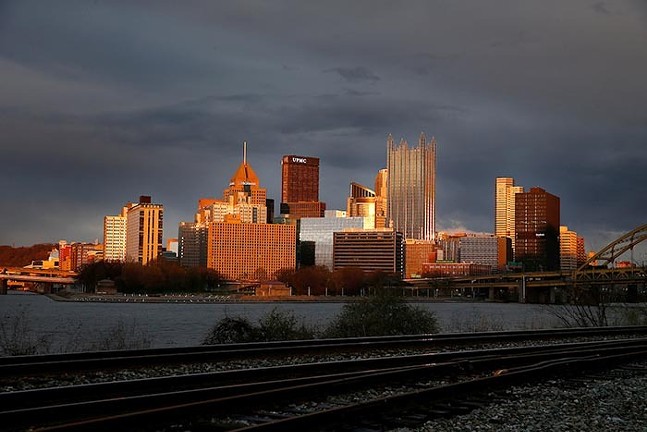After marginally gaining population between 2010 and 2020, census estimates indicate that Pennsylvania’s population figures have slightly reversed themselves starting in the new decade. From July 2020 to July 2021, Pennsylvania’s population dropped by about 25,000 to a total of about 12,964,000.
The official census recorded a population of 13,002,700 for the Keystone State for April 2020, and the estimate saw that figure drop slightly in July of 2020.
However, this decrease was about 0.2%, and Pennsylvania was not one of the fastest declining states. New York led the way with a 1.6% decline between July 2020 and July 2021. In fact, while Pennsylvania did lose population, it did so at a slower rate than the Northeast regional average.
Since Census Day on April 1, 2020, the U.S. has added 444,464 new residents, for a 0.13% gain. Between July 1, 2020, and July 1, 2021, America’s growth was due to about 148,000 more births than deaths (aka natural increase), and a net international migration of about 244,600 new residents. According to the U.S. Census Bureau, this is the first time that net international migration has exceeded natural increase for a given year.
More than 602,000 deaths from COVID-19 had been reported across the U.S. as of July 1, 2021. According to the New York Times, Pennsylvania has the 14th highest rate of COVID deaths of any state, having experienced 0.58 deaths per 100,000 residents.
Overall, Pennsylvania experienced the second biggest natural decrease of any state, with 30,878 more deaths than births between July 2020 and July 2021. This means that the Keystone State actually saw a net migration increase of about 5,000 residents in this same time period.
“Population growth has been slowing for years because of lower birth rates and decreasing net international migration, all while mortality rates are rising due to the aging of the nation’s population,” said Kristie Wilder of the Census Bureau in a press release. “Now, with the impact of the COVID-19 pandemic, this combination has resulted in a historically slow pace of growth.”


